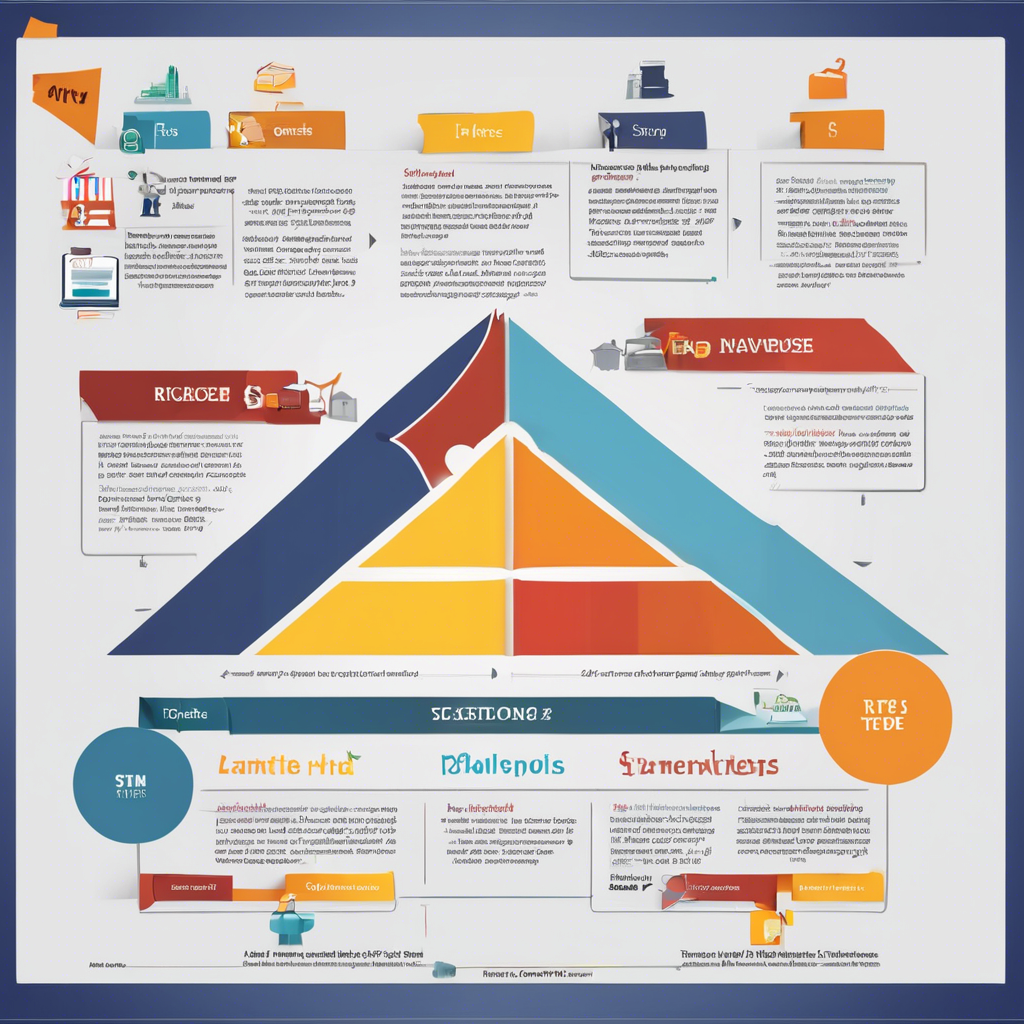The 4Ps strategy is a widely recognized framework in marketing that has helped businesses and marketers effectively position their products or services in the market. This strategic approach is a cornerstone of marketing planning and provides a comprehensive guide to crafting a successful marketing mix. The 4Ps stand for Product, Price, Place, and Promotion, each representing a crucial aspect of the marketing puzzle. Understanding and applying the 4Ps strategy analysis can empower businesses to make informed decisions, connect with their target audience, and ultimately drive business growth.
**Product:**
The first ‘P,’ Product, forms the very foundation of the 4Ps strategy. It refers to the goods or services a company offers to its customers. In the product analysis, businesses scrutinize the features, benefits, and value their products provide. This analysis involves answering critical questions such as, “What problem does our product solve for our customers?” and “How does our product differ from competitors in the market?” Understanding the product’s lifecycle, identifying its unique selling points, and ensuring product quality are also essential aspects of this stage. For instance, a tech company launching a new smartphone would analyze its innovative features, performance, design, and how these factors differentiate it from other devices on the market.
**Price:**
The second ‘P,’ Price, represents the monetary value of the product or service. Setting the right price is a delicate balance between covering costs, generating profit, and being competitive in the market. Price analysis involves evaluating pricing strategies such as cost-plus pricing, value-based pricing, or competitive pricing. Marketers must consider production and distribution costs, market demand, customer perceptions, and the prices of competitors’ products. For example, a coffee shop might offer discounts during off-peak hours to attract more customers or set prices slightly above its competitors to position itself as a premium brand.
**Place (Distribution):**
‘Place’ in the 4Ps context refers to the methods and channels used to bring a product to the target audience. This stage involves analyzing distribution strategies and ensuring the product is accessible to the right customers at the right time. It includes decisions about distribution channels, logistics, and inventory management. For instance, an online retailer might decide to sell exclusively through its website, partner with existing e-commerce platforms, or even explore brick-and-mortar stores to increase product visibility and reach a broader audience.
Place strategy often involves considerations of geographical coverage, market penetration, and the overall customer experience during the purchase process. In today’s digital age, place strategies also include online distribution channels like social media, influencer marketing, and search engine optimization to increase product visibility and accessibility.
**Promotion:**
The final ‘P,’ Promotion, involves all the methods and activities used to communicate the product’s benefits and value to the target audience. Promotion is about creating awareness, generating interest, and fostering demand. This aspect of the 4Ps covers various marketing communication tools such as advertising, public relations, sales promotions, direct marketing, and more recently, digital and social media marketing.
In promotion analysis, marketers decide on the best combination of promotional techniques to reach their target market effectively. For instance, a fashion brand might use social media advertising, influencer collaborations, and in-store promotions to create buzz around a new clothing line. Promotion strategy also involves creating compelling messages and positioning the product in a way that resonates with the target audience.
Now, let’s look at how the 4Ps strategy analysis benefits businesses:
**1. Market Understanding:**
The 4Ps analysis encourages a deep understanding of the market dynamics. By evaluating each ‘P,’ businesses can gain insights into customer needs, competitive landscape, and industry trends. This understanding helps in identifying gaps in the market and tailoring products or services to meet specific customer requirements.
**2. Competitive Advantage:**
A thorough 4Ps analysis enables businesses to identify and leverage their unique selling points. By understanding their product’s strengths and weaknesses and the value it offers, companies can differentiate themselves from competitors. This differentiation is vital for positioning the product in the market and gaining a competitive edge.
**3. Strategic Decision-Making:**
The 4Ps provide a structured framework for strategic decision-making. It helps marketers and business leaders make informed choices about product development, pricing strategy, distribution channels, and promotional activities. Each ‘P’ is interconnected, and changes in one area can impact the others, necessitating a holistic approach to marketing planning.
**4. Customer Focus:**
The 4Ps strategy is inherently customer-centric. By analyzing the product, businesses can better understand their target audience’s needs, preferences, and behaviors. This knowledge helps in targeting the right customers, delivering a compelling value proposition, and creating loyal customers.
**5. Flexibility and Adaptability:**
The 4Ps framework allows for flexibility and adaptability in the ever-changing business environment. As market trends, customer preferences, and competitive landscapes evolve, businesses can adjust their 4Ps strategy accordingly. For instance, a company might need to change its promotion tactics if a new social media platform gains popularity among its target audience.
In conclusion, the 4Ps strategy analysis is a powerful tool in the marketer’s arsenal, offering a systematic approach to product and market understanding. By analyzing the Product, Price, Place, and Promotion, businesses can make well-informed strategic decisions. This framework helps companies to effectively position their offerings in the market, connect with customers, and ultimately drive business success. Whether it’s a small startup or a multinational corporation, the 4Ps strategy provides a solid foundation for developing a robust marketing mix. As the marketing landscape continues to evolve, the 4Ps remain a timeless and indispensable guide for marketers worldwide.

